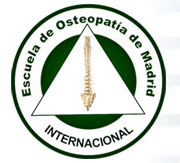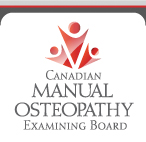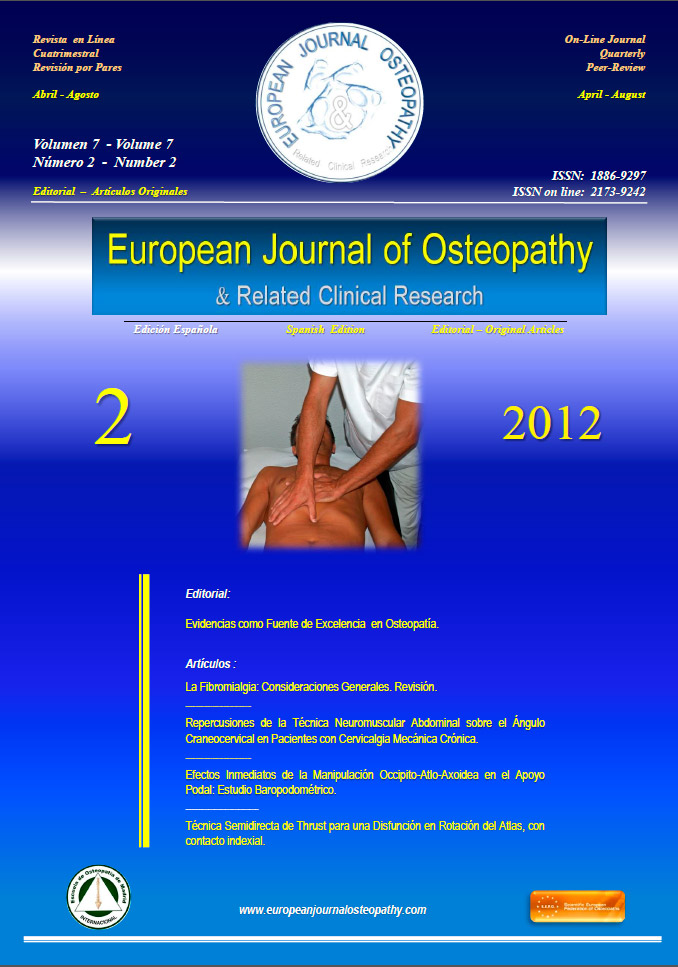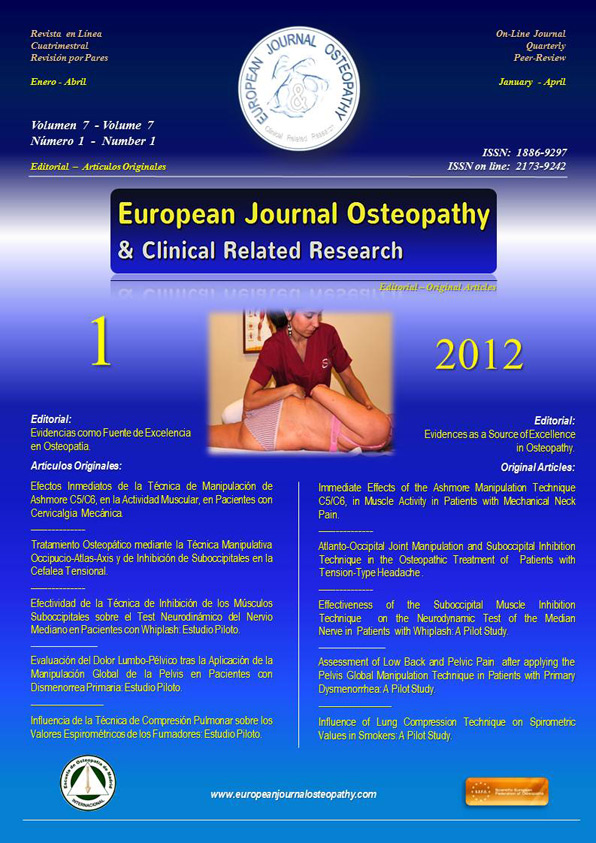by
Ray Bishop, Ph.D.
"So tell me, Ray, is it in the sleeve of the core?" Gael asked, as my model stood at the front of the classroom.
After a long pause, she repeated the question with slightly more urgency in her voice.
In frustration, I replied: "I honestly don't know, but since I have a 50/50 chance of being right, I guess it's in the sleeve."
"Fine. Now, what's your strategy for the session?"
Similar conversations occur every day in health care training classrooms throughout the country. Students are asked to evaluate and strategize while their classmates listen carefully and begin mentally editing their impending response based on the teacher's remarks.
After graduation, we are sent out into the world armed with an arsenal of handouts, outlines, "recipes", reference books and notes expected to answer similar questions in our practice. Our seeing and evaluative skills are tested daily by our clients. If we should happen on an evaluation that resonates with the client, they readily submit to our treatment protocol.
Most of us are painfully aware of the fallibility of our "seeing" and seek ways of refining it, thereby improving our ability to evaluate and help our clients. What I offer here is a brief consideration of the evolution of my "seeing" and, although my narrative focuses on Rolfing�, my often misguided journey has broad implications.
Rolfers are taught to "read" bodies in the gravitational field, in stasis and in motion. We "see" bodies as dynamic fascial networks, a complex interrelationship of parts, composed of primary restrictions (or "holdings") and secondary compensatory adaptations to these local adhesions. We address superficial "holdings" (said to be in the "sleeve," the superficial "stocking' of connective tissue) and deeper "holdings" in the "core" (a conceptual space occupied by the lungs, heart and digestive organs which spans from the pelvic floor to the cranial vault). We attempt to balance the inside and outside of the body while we horizontalize the (shoulder and pelvic) girdles. This holistic approach to Structural Integration (Dr. Rolf's term for her system) takes considerable time and effort to master. We are given "recipes", formulaic guides to individual sessions with a series of accompanying questions we might ask as we strategize our sessions. We eventually outgrow this mechanistic framework, seeking more creative and individualized solutions to structural and functional anomalies.
We learn a repertoire of "seeing" guidelines. The most familiar is the "block model" as illustrated in the famous Rolfing logo. In this guide to "seeing", we divide our client's body into small units (or "blocks") and consider how these segments are stacked around an imaginary plumb line ("the line," another concept all Rolfers employ, runs through the center of the body from the cranium to the center of the foot). Once deviations in the blocks are identified, we begin arranging them in better relative position, thereby normalizing distortions in the client's vertical organization. We also think in terms of lift and support, inquiring whether bodies need more support in the feet and legs or more opening or lengthening in the spine and thorax. This issue of lift vs. support offers a conceptual framework for most of our sessions.
Having considered these concepts (the blocks and "the line") we might then look at the body as a pair of cylinders (imagining the body as two connected tubes, running from the feet to the shoulder girdle) and identify rotational asymmetries between the cylinders. We also identify deviations in the vertical or horizontal axes, as well as rotations, spirals and torques.
The question of how to access and interpret this information causes many of us considerable consternation. A further question naturally arises when considering other ways of "seeing" and how to integrate them into Rolfing in a meaningful and coherent manner. As I struggled to develop a personal style, I found myself overwhelmed with possibilities, moving from modality to modality in search of the ultimate "seeing".
One of my first inquires involved an exploration of craniosacral and visceral techniques which I learned from other Rolfers. These systems involve the ability to "read" and alter subtle imbalances in the skull, spine and organs. By increasing my understanding of these systems, I broadened the range of my palpatory skills and was able to enrich the quality if the information I could share with my clients.
I then undertook a consideration of a variety of systems which link psyche and soma, some of which actually provided "body maps". I naively believed that if I could memorize a series of emotional body maps, I could then really "see trauma". Systems of mind-body connection such as Core Energetics, Huna Kane, Bio-Energetics, Carolyn Myss' medical-intuitive system and Kellerman's Emotional Anatomy provided useful insights. As I compared these mapping systems, I observed that they provided different geographic labels. This led me to question any single map as inherently better than the others. Thus, while by no means repudiating the link between psyche and soma, I arrived at the conclusion that any one-to-one correspondence between a specific somatic region and any given emotion was highly suspect.
Another area of considerable interest is the use of smell as a way of "seeing" trauma. Blessed with a sensitive nose, I became interested in how others in traditional medicine and alternate modalities used smell as diagnosis. I learned that there is a rich history of diagnosing disease by smell but that by the turn of the century this mode of diagnosis largely fell from favor. However, there exists a fairly extensive body of contemporary medical articles on the links between disease and odors. A particularly rich area seems to be in pediatric medicine where distinctive smells in urine indicate specific metabolic deficiencies. The use of smell as diagnosis in oriental medicine is documented but seems ancillary technique (pulse reading being the most widely discussed). All this information, fodder for future articles, has given my intuitive "olfactory seeing" a wider and more traditional context.
I also read works by scientists such as Jim and Nora Oschmann's (Essays on a Scientific Basic for Bodywork, Vols. 1-2). They successfully link hard science with cutting edge field and energetic theories. Dr. Oschmann, a former teacher of mine, has proven a fount of technical information and helped me pursue new lines of medical inquiry. I also sought to understand more about the therapeutic process. I began reading mainstream psychology and, after consultations with a local clinical psychologist, I see this as a rich area of study that necessitates further study. While I see a clear distinction between what Rolfers do and therapy, a more detailed understanding of psychological theory and its application has made me a more effective practitioner. I have also undertaken a more rigorous study of anatomy, following the advice of a senior Rolfer, whose favorite mantra was: "Ray, you can never know enough anatomy." I constantly view anatomy videos and rely on my large collection of anatomy atlases frequently. I also have undertaken advanced training with senior Rolfers. I recently completed a carpal tunnel class and an extended mentoring project which focused on "seeing" and more advanced Rolfing strategies. I also devour new training videos, articles and books released by cutting edge Rolfers.
Where does all this leave me? With an ever expanding repertory of techniques, insights and tools I can share with my clients and students. These tools have greatly enhanced my ability to identify traumas and facilitate my client's healing. Also, I now experience a greater sense of calm and I accept that there will always be more information to absorb. Through trial and error, I now have a much better understanding of what works for me and what does not. This intricate dance keeps leading me back to the classroom. Now, when I return there, I see that something has changed. To illustrate this point, I end this journey where I began, at the Rolf Institute, but, two and a half years later.
I call over my instructor and she asks me what I see.
I offer a fairly detailed explanation, tracing lines and rotational patterns on my client's right upper girdle.
As I wait, I notice that she seems visibly peeved. A long silence ensues.
Nervously, I observe: "Siana, you seem somewhat upset, is something wrong?"
Ignoring my question, she finally asks me this question: "Ray, why is it every time I do this with another Rolfer, I always look at the opposite side?"
"Thank God, and I thought it was just me," I hear myself saying internally.
Now here's the change. In the past, I would have immediately doubted my ability and rejected my ideas as inferior or totally incorrect. Rather, I find myself asking a very different kind of question: "If I were going to look at the left side instead of the right, what would draw my attention there?"
Once this paradigm shift was effected, a new perspective on the same structure became available. This allowed me to free myself from my normal mode of "seeing" and speculate on what my instructor saw.
Then, I said: "Clearly, I don't know what you see when you look at the left side, but it occurs to me that were I drawn to that side, it be might because ..."
I presented a totally different view of the problem, focusing on "the wrong side". Her response, silent yet calmer, I interpreted as tacit assent. We then moved on to the inevitable strategy phase.
What I have gained in this labyrinthine journey with its dead ends and many missteps is a greater trust in my own abilities. My love of the process of discovery increases as I accrue techniques and insights. How I "see" today differs markedly from how I "saw" even a year ago. However, I suspect that I will look back on my current "seeing" with the kind of affectionate compassion you might feel for your child's naive world-view; and for now that feels just fine!








 1:15
1:15
 Daniel Enriquez de Guevara
Daniel Enriquez de Guevara




























.jpg)






















0 comentarios :
Publicar un comentario